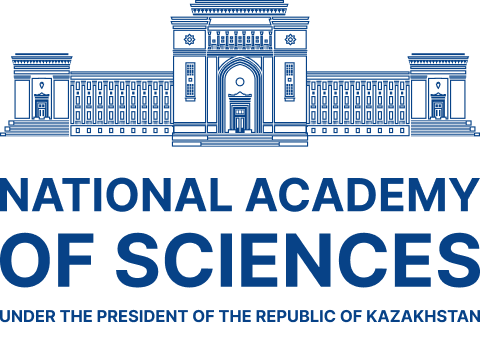Almaty, Kazakhstan (July 27, 2024) – Today, the National Academy of Sciences of the Republic of Kazakhstan, under the President of the Republic of Kazakhstan, held a field seminar «Field Day» in the Almaty region, dedicated to the acute problem of water resource shortages and its impact on Kazakhstan’s agriculture.
The event was attended by the President of the National Academy of Sciences under the President of Republic of Kazakhstan, Akhylbek Kurishbayev; First Deputy Minister of Water Resources and Irrigation, Bolat Bekniyaz; Vice Minister of Agriculture of Kazakhstan, Azat Sultanov; Akim of Almaty region, Marat Sultangaziev; Akim of Zhambyl region, Yerbol Karashukeyev; Deputy Akim of Zhetysu region, Alibek Zhakanbaev; as well as leaders and leading scientists from agricultural research institutes, water and agricultural sectors, experts, representatives of agricultural structures, major entrepreneurs, and agribusiness representatives. They discussed the main causes of water shortages, its consequences for the economy and food security of the country, and possible solutions to the problem.
Key Discussion Topics:
Water Shortage – A Serious Threat: Kazakhstan faces a growing shortage of water resources due to climate change, inefficient water management, and outdated agricultural technologies. This leads to reduced crop yields, soil degradation, and economic losses.
Innovations – The Key to Solutions: Seminar participants emphasized the importance of implementing innovative water-saving technologies, such as drip irrigation, soil moisture sensors, digital water resource management, and drought-resistant crop varieties.
Comprehensive Approach: Solving the water shortage problem requires a comprehensive approach, including legislative improvements, scientific research development, infrastructure investment, public awareness, and collaboration between the government, science, and business.
Role of Science: Scientists play a key role in developing and implementing new technologies, as well as monitoring water resources and forecasting potential risks.
The Field Day featured the latest developments in water conservation and management, which can be applied to Kazakhstan’s agriculture to increase its efficiency and climate resilience.
The National Academy of Sciences of the Republic of Kazakhstan, under the President of the Republic of Kazakhstan, is the sole HIGHER SCIENTIFIC ORGANIZATION (HSO) conducting research in various fields of science and technology. The Academy actively participates in the development and implementation of state policy in science and innovation.
Key Points from President of the National Academy of Sciences, A. Kurishbayev:
Water Problem in Kazakhstan: We are among the most water-scarce countries in the world. Moreover, about half of the country’s water resources are formed outside the state. According to World Bank experts, by 2030, Kazakhstan’s water resources will decrease by 15%, posing a major threat to the country’s national security.
The primary consumer of water resources is agriculture, accounting for about 70% of the country’s total water consumption. If we learn to manage water resources efficiently through a comprehensive approach, we can reduce water consumption by at least 50% and increase crop yields by 1.5 times. This is not theoretical but actual performance indicators of our leading farms, as demonstrated today in the experimental fields.
We continue to waste water resources. The following figures illustrate this: 78% of canals still have earthen beds. About 40% of water is lost during delivery from the source to the consumer, and only 20% of irrigated land uses water-saving technologies, with drip irrigation accounting for just 5.4%. In other words, water is being used inefficiently. Our country spends three times more water per dollar of GDP than Russia and six times more than the USA. The state of irrigated lands is also critical. Compared to 1991, the area of irrigated land has decreased by one-third, or more than 846 thousand hectares have been taken out of use, mainly due to water shortages and the deterioration of their reclamation status.
Severe Shortage of Specialists: Currently, no more than 100 specialists are trained annually, whereas the annual demand is 800. The country practically lacks a system for training mid-level water sector specialists, with only five colleges producing no more than 100 hydrotechnicians annually, against a sector demand of over 2,000. Another gap is the absence of a system for upgrading qualifications and knowledge dissemination, resulting in water users not being equipped with modern methods and technologies for rational water use.
Comprehensive Approach to Solving the Existing Problem: Existing program documents in the water sector are mostly narrow-focused and aimed at solving local problems without being linked to other economic sectors. There is a lack of proper coordination between ministries, leading to half-measures and low effectiveness.
Key Points from Almaty Region Akim Marat Sultangaziev:
Today, agriculture is the main driver of the region’s economy, with 84% of the population living in rural areas. In the first half of 2024, gross agricultural production amounted to 190.1 billion tenge, with a physical volume index of 106.5%. The region ranks second in the republic in terms of gross agricultural production, accounting for 12.1%. This year, the sown area reached 461.6 thousand hectares, 4.2 thousand hectares more than last year (2023 — 457.4 thousand hectares). To ensure economic growth of 6% in 2024, it is crucial to increase agricultural productivity. Therefore, one of the main tasks is to continuously provide farmers with quality regionalized and high-yielding seed varieties.
One of the pressing issues in agriculture is the full utilization of irrigated lands. The area of irrigated agricultural land is 243.6 thousand hectares. The wear and tear of irrigation networks and the lack of irrigation systems negatively impact the full utilization of sown areas. The region has implemented water-saving technology on 34.9 thousand hectares. By the end of the year, it is planned to expand this technology by another 7.6 thousand hectares, bringing the total area to 42.6 thousand hectares. These measures will help develop agriculture, ensure food security, and improve the quality of life for the population.
Key Points from First Deputy Minister of Water Resources and Irrigation of the Republic of Kazakhstan Bolat Bekniyaz:
In Kazakhstan, the area of irrigated land is about 1.6 million hectares, insufficient to ensure the country’s food security. Therefore, it is planned to expand the area of irrigated land to 2.5 million hectares by 2030. Currently, the Ministry of Water Resources and Irrigation is working on developing a new Water Code for Kazakhstan. The new legislation will focus on protecting water resources from depletion and pollution to ensure the country’s water resource potential. Key tasks include forming water conservation policies, demand management, public control, scientifically-based approaches, economic management mechanisms, facility safety, and the reuse of treated wastewater.
In his address to the nation on September 1, 2023, the Head of State instructed to accelerate the implementation of advanced water-saving technologies up to 150 thousand hectares per year. To implement this directive, the Ministry of Water Resources and Irrigation, in agreement with state agencies, approved a Water Conservation Roadmap for 2024-2026. The Roadmap includes measures to improve water legislation regarding conservation, tariff formation, digitalization of the water sector, mechanisms for providing state support, implementing modern water accounting systems, recycling and reusing water in enterprises, building and operating communal systems with water-saving technologies, and promoting water conservation awareness.
One significant measure is providing farmers with water-saving equipment. There are two domestic factories producing sprinkler machines: BNK Group LTD (Turkestan region) and ADAM Manufacturing (Astana). In addition, Kazakh Invest is working on two projects to attract international companies to establish factories producing water-saving technologies: Chinese company Vodar in the Zhambyl region and Turkish company AFKO in Atyrau. Two factories produce drip line equipment: Irrigator Kazakhstan (Almaty) and BNK Group LTD. Implementing water-saving irrigation technologies will save 20-30% (over 2 cubic km) of irrigation water, allowing the expansion of irrigated land to 1.3 million hectares by 2030.
Given climate change, low-water periods, and declining water levels in open water bodies, the Ministry plans to increase the use of groundwater for oasis irrigation. Kazakhstan’s operational groundwater reserves are about 15.7 cubic km/year, including 6.9 cubic km/year for land irrigation. Currently, agriculture consumes about 14.8 cubic km of water, or 60% of total water intake, with only 0.2 cubic km, or 1.2%, coming from groundwater. Most groundwater reserves for irrigation are found in the Almaty, Pavlodar, East Kazakhstan, and Zhambyl regions, with the least in Mangistau, Atyrau, West Kazakhstan, and North Kazakhstan regions.
Key Points from Vice Minister of Agriculture of the Republic of Kazakhstan Azat Sultanov:
This year, the government has taken several measures to address the main issues of financial and material-technical support for the sowing campaign. For the first time, the volume of preferential lending for spring fieldwork was increased to 580 billion tenge at a «clean» 5% per annum. In previous years, this amount did not exceed 180 billion tenge. 304 billion tenge was allocated for financing sowing work. This year, a direct interest rate subsidy mechanism was introduced for lending to agricultural entities at a «clean» 5% per annum. Farmers often had to pay a full rate of 22% or more if subsidy funds were unavailable. Now, spring fieldwork can be immediately financed at 5%. A preferential leasing program for domestically produced agricultural machinery was also launched through KazAgroFinance, totaling 100 billion tenge at a «clean» 5% per annum.
To increase fertilizer use, an advance subsidy mechanism for domestic fertilizers was introduced in March 2024, providing farmers with already discounted fertilizers in advance. The subsidy rate increased from 50% to 60%. Currently, 1.1 million tons of fertilizers have been applied, with a plan for 1.5 million tons. Due to government support measures, the share of elite seeds has increased from 7.1% to 9% this year.
On May 30, 2024, the Head of State approved a Comprehensive Plan for the Development of Selection and Seed Production of Agricultural Crops until 2028. The plan includes measures to address systemic problems in seed production by improving legislative frameworks, transitioning agricultural science to modern research methods, and updating educational programs. It also aims to strengthen the material-technical base of agricultural science and seed production entities, creating an effective seed production system. The Comprehensive Plan’s implementation is planned to receive 63.4 billion tenge from the republican budget.
Additionally, active efforts are underway to implement modern resource-saving technologies in production. This is especially relevant due to decreasing water availability in southern regions. Thanks to government support measures, the area of irrigated land using water-saving technologies increased from 91 thousand hectares in 2020 to 312.2 thousand hectares in 2023, with an additional 56 thousand hectares introduced this year.


